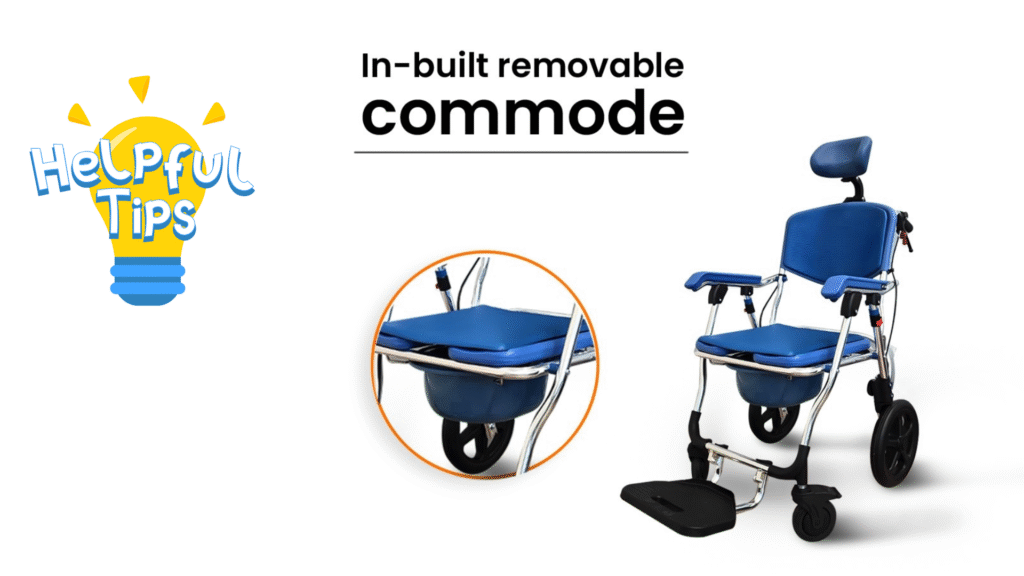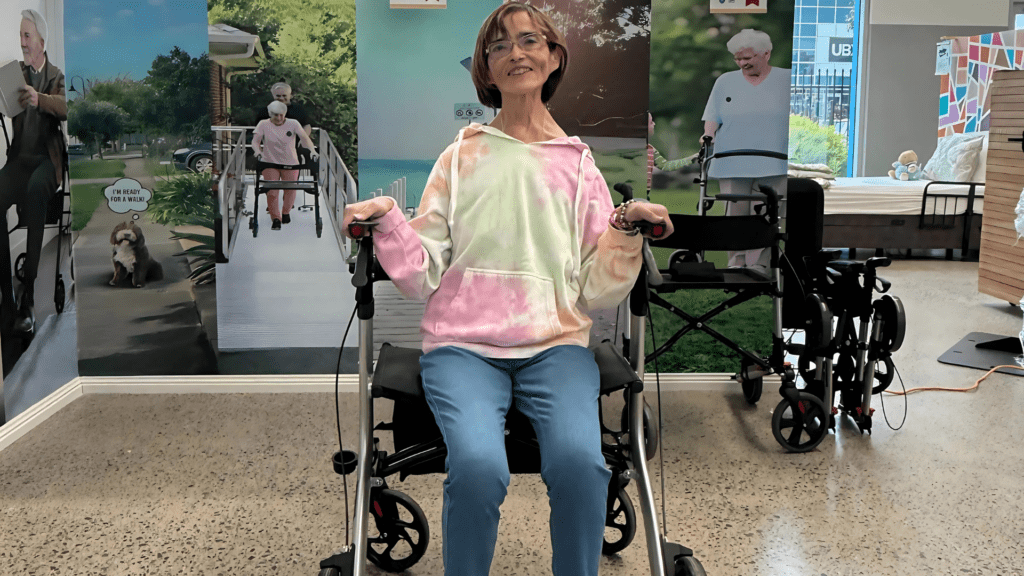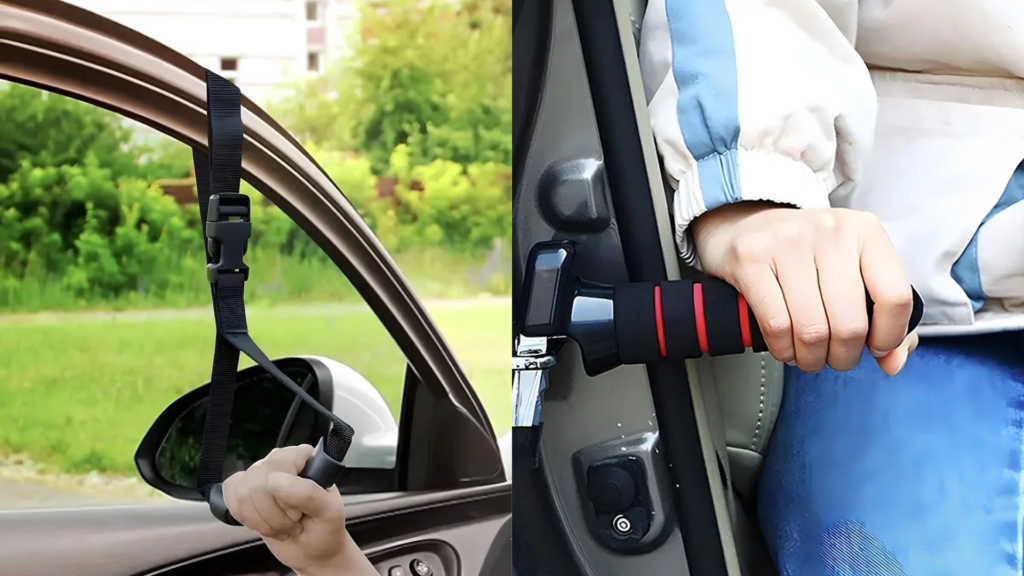Wheelchair commodes are essential mobility and hygiene aids in aged care settings, supporting residents who require assistance with toileting and showering. However, without proper cleaning and maintenance routines, these aids can become a source of infection, odour, and discomfort for elderly users.
This guide provides practical advice for aged care staff, carers, and hygiene teams on how to clean, maintain, and extend the life of toilet commode wheelchairs, ensuring the highest level of safety, comfort, and regulatory compliance.
Why Hygiene Is Essential in Commode Wheelchairs
In shared aged care bathrooms, hygiene is critical. Residents using NDIS commode wheelchairs are often vulnerable to urinary tract infections (UTIs), skin breakdown, and other health complications caused by unclean or poorly maintained equipment.
Key Risks of Poor Hygiene
- Bacterial build-up from human waste and damp environments
- Cross-contamination between residents
- Deterioration of padding, frames, and joints from improper cleaning
- Loss of NDIS or SWEP equipment compliance status
Maintaining a strict cleaning and disinfection schedule not only improves resident health outcomes but also reduces long-term facility costs.
Daily Cleaning Steps for Safe Use
Routine daily cleaning is the frontline of infection prevention. Whether in a private home or shared facility, these steps help keep the commode wheelchair safe and sanitary after each use.
Daily Cleaning Checklist
- Step 1 Remove the Commode Bucket
- Empty waste promptly
- Rinse with warm water before disinfection
- Step 2 Wipe All Surfaces
- Use disposable gloves and disinfectant wipes
- Clean seat, armrests, backrest, footrests, and frame
- Step 3 Clean the Bucket Thoroughly
- Disinfect inside and out using hospital-grade cleaner
- Let dry before reinserting
- Step 4 Inspect for Soiling or Damage
- Check padding, wheels, and moving joints
- Replace disposable liners if used
- Step 5 Store in a Dry, Ventilated Area
- Avoid storing near sinks or showers where splashing may occur
Explore foldable commode chairs designed for easy disassembly and quick cleaning.
Weekly and Monthly Maintenance Checks
Beyond daily hygiene, commode wheelchairs require scheduled maintenance to ensure long-term function and safety.
Weekly Tasks
- Check that wheels lock and roll smoothly
- Inspect for rust, corrosion, or cracked padding
- Tighten screws and adjust seat height if applicable
Monthly Tasks
- Deep clean all frame components
- Use mild detergent or disinfectant spray for hard-to-reach areas
- Re-lubricate any moving parts
- Review the condition of splash guards, buckets, and seat covers
Regular cleaning extends the lifespan of your equipment and ensures compliance with NDIS safety standards for hygiene mobility aids.
Products and Disinfectants to Use
Using the right cleaning agents is essential for both infection control and product longevity.
Recommended Disinfectants
- Hospital-grade disinfectant sprays (non-corrosive)
- Mild bleach solution (1:10 dilution, avoid harsh use on metal)
- Alcohol-free wipes (especially on vinyl/padded surfaces)
- Neutral pH cleaners (to protect aluminium or steel frames)
Avoid:
- Abrasive powders or brushes
- Alcohol-based products on foam or soft padding
- High-pressure water jets that may damage joints or seams
When purchasing a commode, always check the manufacturer’s cleaning instructions to ensure chemical compatibility.
How to Train Staff for Equipment Hygiene
In aged care facilities, consistent hygiene depends on clear protocols and proper staff training.
Staff Training Recommendations
- Create written SOPs for daily and weekly cleaning
- Assign cleaning responsibilities per shift
- Use laminated cleaning checklists in storage areas
- Provide protective equipment gloves, aprons, and goggles
- Include training in new staff induction programs
- Monitor compliance through monthly hygiene audits
Proper training reduces the spread of infections, improves staff confidence, and supports quality care standards under the NDIS or Aged Care Quality Framework.
Replacing Parts and Regular Checks
Despite regular cleaning, some parts wear out over time and require timely replacement.
Parts That May Need Replacing
- Commode buckets or splash guards
- Seat pads (especially foam or PU)
- Locking castors or wheels
- Armrest cushions and footrests
- Reclining backrests or support hinges (for advanced models)
At Care With Us, we can supply replacement parts and help you determine if your facility’s commodes meet ongoing compliance standards.
- Contact us for cleaning kits, spare parts, or servicing
- Ask us about NDIS or SWEP maintenance funding options
Conclusion
Proper cleaning and maintenance of wheelchair commodes is vital to ensure hygiene, safety, and dignity for aged care residents. By following structured daily and weekly routines, using approved disinfectants, and maintaining equipment regularly, carers and facilities can extend the life of their NDIS-funded commode aids while improving resident outcomes.
- Explore our range of wheelchair commodes built for hygiene and easy maintenance
- Contact us for cleaning guides, replacement parts, or maintenance services
- Ensure your care team is trained with our cleaning checklists and hygiene protocols
Frequently Asked Questions (FAQs)
- How often should a wheelchair commode be cleaned?
Clean after each use with disinfectant wipes and perform deeper cleaning weekly. Monthly maintenance is recommended for all moving parts. - Can I use bleach to clean a commode chair?
A diluted bleach solution is acceptable for plastic components, but avoid using it on metal or padding, which may degrade over time. - What disinfectant is safe for toilet commode wheelchairs?
Use hospital-grade, non-corrosive disinfectants approved for medical equipment. - How do I know when to replace a commode chair part?
Look for cracked, worn, rusted, or unstable components. Replace any part that affects safety, hygiene, or comfort. - Does the NDIS or SWEP cover commode maintenance?
Yes. If you’re an NDIS participant or accessing SWEP in Victoria, funding may be available for replacement parts and maintenance. Speak with your OT or support coordinator.



